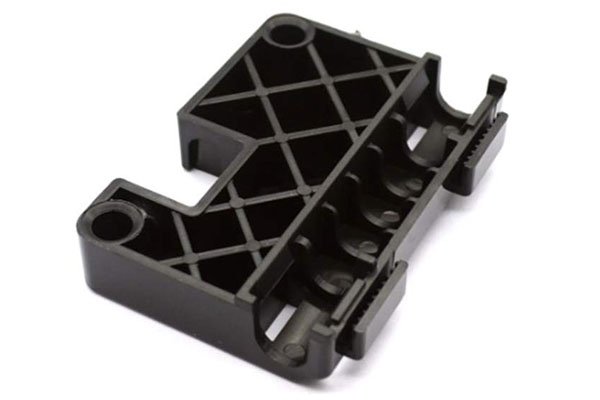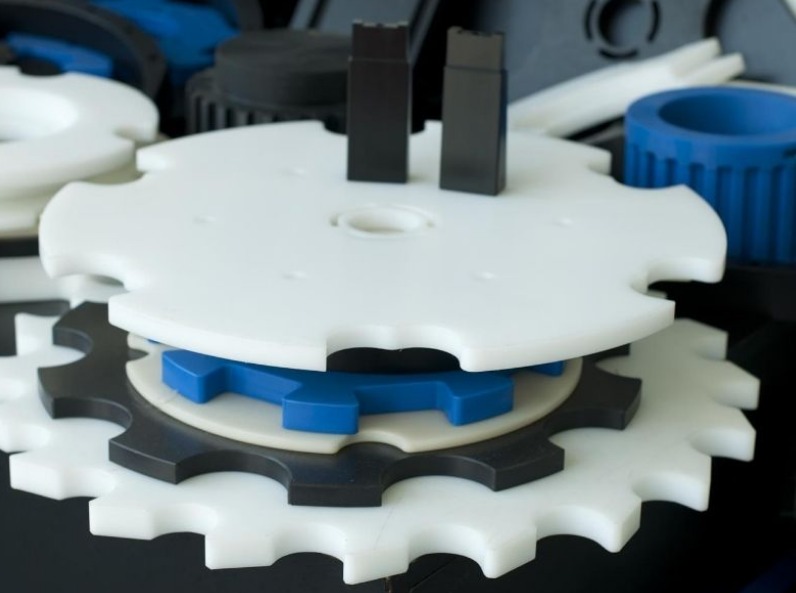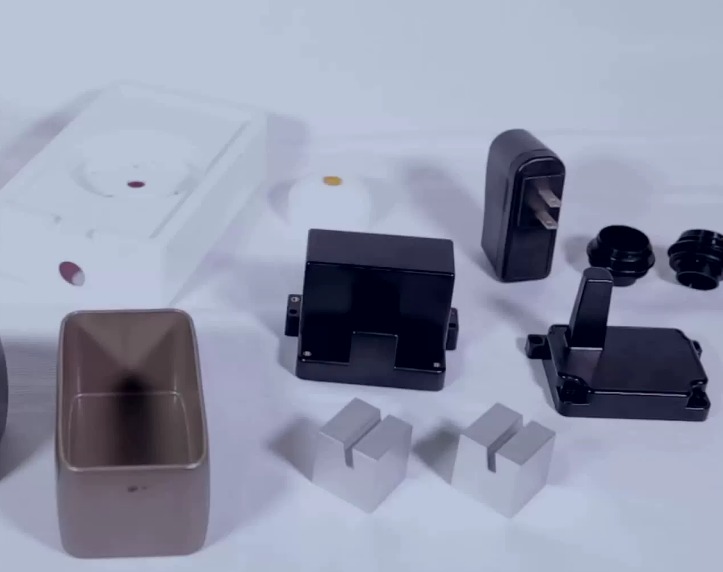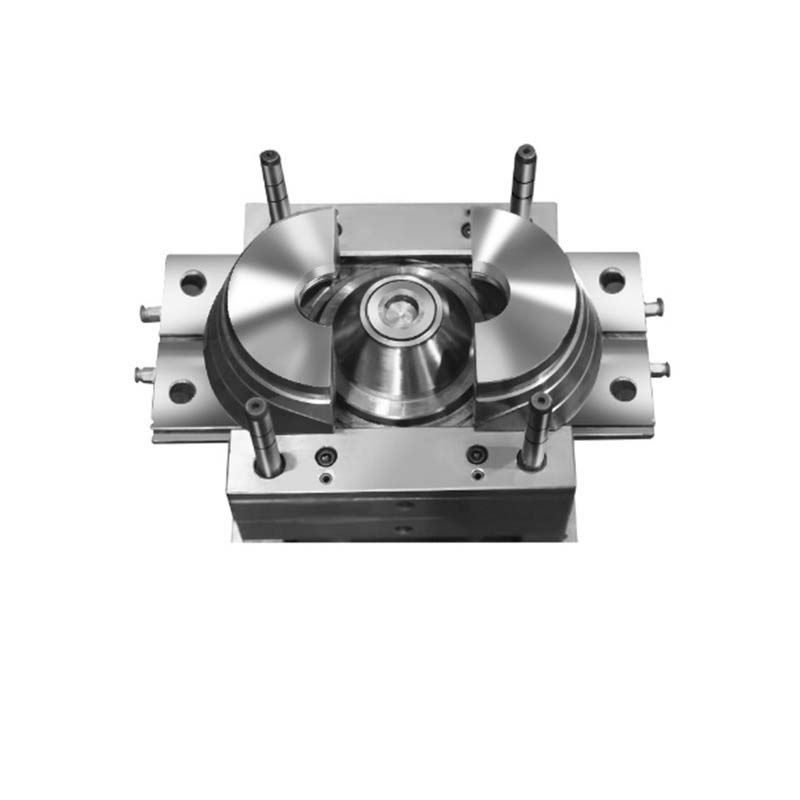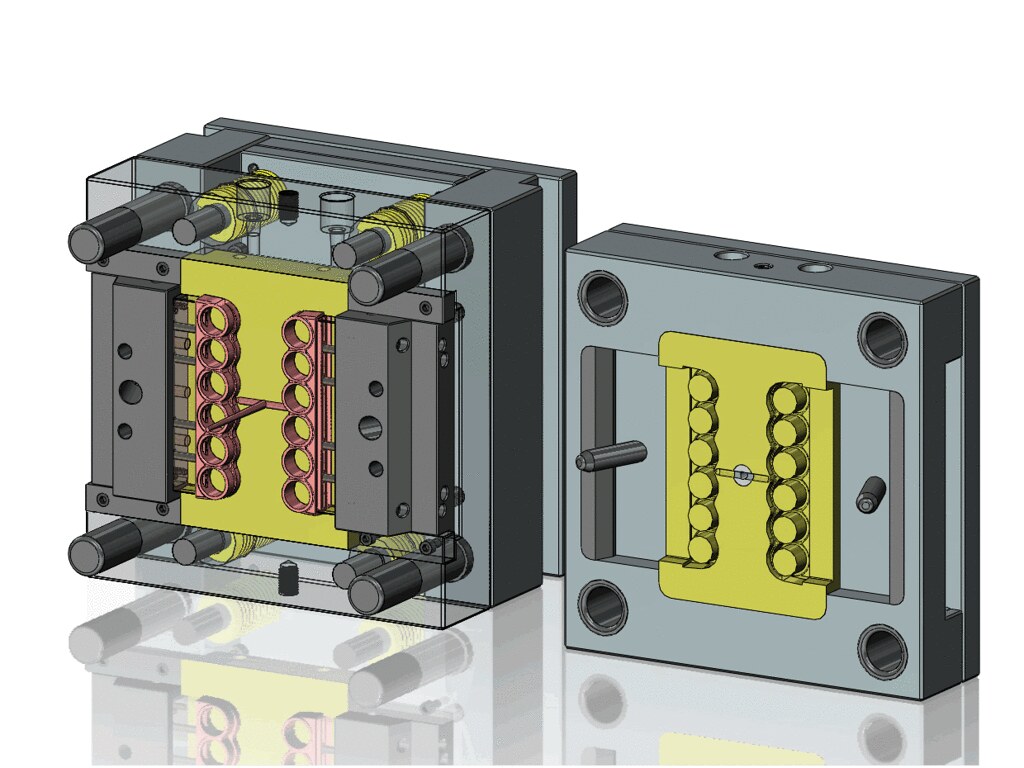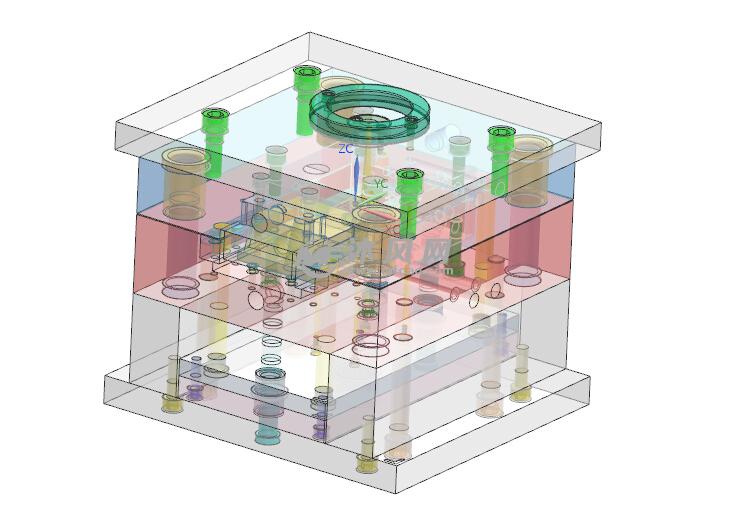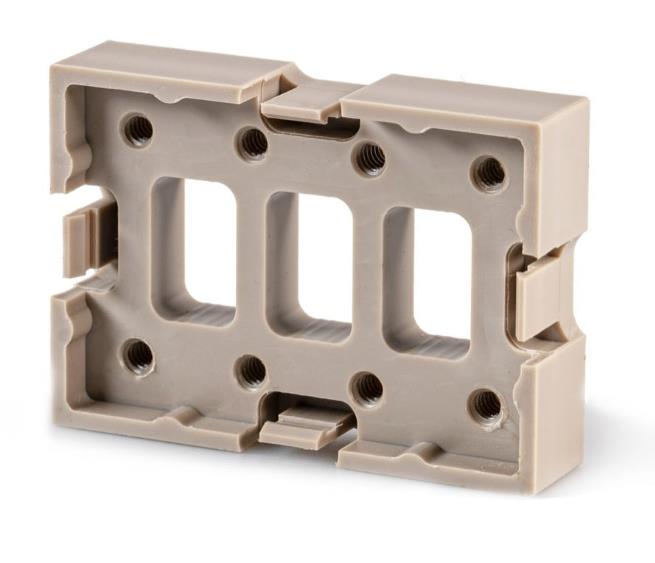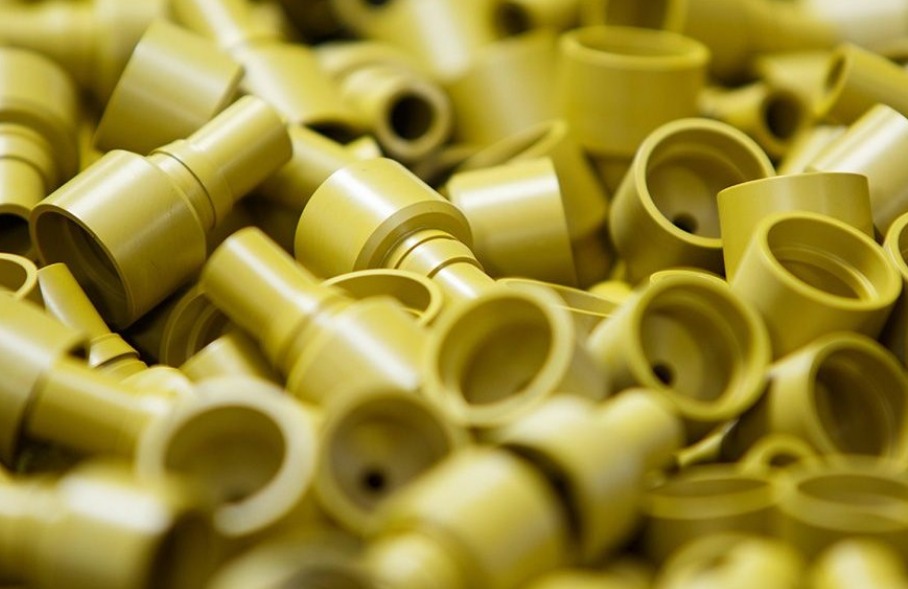Introduction
Biodegradable plastics have gained significant traction as sustainable alternatives to traditional plastics. However, manufacturers often face challenges in injection molding these materials. They struggle with material selection, as different types like Polylactic acid (PLA) and Polyhydroxyalkanoates (PHA) have varying properties. Inconsistent process results, moisture sensitivity issues, and mold design problems that don't account for biodegradable plastics' unique characteristics are also common. This guide will explore all aspects of injection molding biodegradable plastics to help overcome these hurdles.
1. Material Properties of Biodegradable Plastics
Biodegradable plastics encompass various types, each with distinct properties. Polylactic acid (PLA) is one of the most common, derived from renewable resources like corn starch or sugarcane. It has good mechanical properties, with a tensile strength ranging from 40 to 60 MPa and an elongation at break of 3-5%.
Polyhydroxyalkanoates (PHA) are produced by microorganisms and offer better flexibility than PLA, with elongation at break reaching up to 300% depending on the type. Starch-based plastics are often blended with other polymers to improve their properties; they have moderate tensile strength, typically 10-25 MPa.
In terms of thermal stability, PLA has a relatively low melting point, around 150-170°C, while PHA can withstand higher temperatures, up to 180-200°C. Moisture sensitivity is a key concern for many biodegradable plastics. PLA, for example, absorbs moisture quickly, which can lead to degradation during processing.
The degradation rate varies by material and environmental conditions. PLA typically degrades in industrial composting facilities within 3-6 months, while some starch-based plastics can degrade in home composting in a few weeks. Compostability is an important attribute, with certified compostable plastics meeting standards like ASTM D6400.
2. Injection Molding Process for Biodegradable Plastics
2.1 Key Process Parameters
- Melt Temperature: For PLA, the melt temperature is usually 180-210°C. PHA requires slightly higher temperatures, around 190-220°C. Starch-based plastics often process at 160-190°C.
- Injection Speed and Pressure: Injection speed should be moderate, 20-50 mm/s, to avoid excessive shear which can cause degradation. Injection pressure ranges from 400-1000 bar, with more complex parts needing higher pressure.
- Cooling Time and Cycle Time: Cooling time is relatively short, 5-20 seconds, due to the lower thermal conductivity of many biodegradable plastics. Cycle times typically range from 15-45 seconds.
2.2 Material Handling and Drying
Drying requirements are critical for biodegradable plastics. PLA should be dried at 60-80°C for 4-6 hours to reduce moisture content below 0.02%. PHA may need drying at 70-90°C for 3-5 hours. Humidity control in storage areas is essential, with relative humidity kept below 40% to prevent moisture absorption.
3. Mold Design for Biodegradable Plastics
3.1 Critical Design Considerations
- Venting Requirements: Biodegradable plastics can generate gases during processing, so proper venting is necessary. Vents should be 0.01-0.03 mm deep and 5-10 mm wide, placed at the end of flow paths.
- Cooling Channel Layout: Efficient cooling is important to prevent warpage. Channels should be positioned 8-12 mm from the cavity surface, with a diameter of 6-10 mm. Turbulent flow (Reynolds number >3000) enhances heat transfer.
- Draft Angles and Surface Finish: A draft angle of at least 1.5° per side is recommended for easy ejection. A smooth surface finish (Ra 0.8 μm or better) helps reduce sticking.
3.2 Mold Materials and Systems
Molds for biodegradable plastics are often made of P20 or H13 steel. Hot runner systems can be used but require careful temperature control to avoid material degradation. Moisture resistance is a consideration in mold design, with proper sealing to prevent moisture ingress.
4. Quality Control and Defects in Biodegradable Plastics Molding
4.1 Common Defects and Solutions
| Defect | Cause | Solution |
| Warpage | Uneven cooling or material degradation | Optimize cooling channels; lower melt temperature slightly |
| Sink Marks | Inadequate packing or thick sections | Increase packing pressure; design uniform wall thickness |
| Short Shots | Insufficient flow or low melt temperature | Increase injection pressure; raise melt temperature |
| Voids | Moisture in material or poor venting | Improve drying; add more vents |
4.2 Quality Control Measures
Implement statistical process control to monitor parameters like melt temperature and injection pressure, keeping variations within ±3%. Degradation testing is important, with samples tested for molecular weight changes after processing. Dimensional accuracy can be checked using CMMs, with tolerances typically ±0.15 mm for small parts.
5. Applications of Biodegradable Plastics
5.1 Key Application Areas
- Packaging Materials: PLA is widely used for food packaging, such as clamshells and films, due to its transparency and compostability.
- Single-use Products: Items like cutlery, straws, and bags made from starch-based plastics are common, offering a sustainable alternative to traditional plastics.
- Medical Devices: Some biodegradable plastics, like certain PHA grades, are used for sutures and drug delivery systems due to their biocompatibility.
- Agricultural Applications: Biodegradable mulch films made from PLA or starch-based plastics help reduce plastic waste in farming.
6. Post-Processing and Finishing of Biodegradable Plastic Parts
6.1 Effective Techniques
- Painting and Coating: Use water-based paints compatible with biodegradable plastics. Clean surfaces with mild solvents before painting.
- Ultrasonic Welding: Works well for PLA parts, using frequencies of 20-30 kHz. Ensure proper joint design for strong bonds.
- Machining and Trimming: Use sharp tools at low speeds (1000-2000 RPM) to avoid melting. PLA can be easily cut and drilled.
Yigu Technology, a custom manufacturing supplier in China, recognizes the importance of biodegradable plastics. We have expertise in injection molding PLA, PHA, and starch-based plastics, ensuring optimal process parameters and mold design. Our commitment to sustainability drives us to provide high-quality biodegradable plastic parts for various industries, helping clients meet their environmental goals.
FAQs
- Can biodegradable plastics be recycled with traditional plastics?
No, most biodegradable plastics should not be recycled with traditional plastics as they can contaminate the recycling stream. They are designed for composting instead.
- How does moisture affect biodegradable plastic injection molding?
Moisture can cause degradation during processing, leading to defects like voids and reduced mechanical properties. Proper drying is essential to remove moisture before molding.
- Are biodegradable plastics suitable for long-term use?
It depends on the type and application. Some PHA grades have good durability for short to medium-term use, but most biodegradable plastics are best for single-use or short-lifespan products due to their degradation properties.
